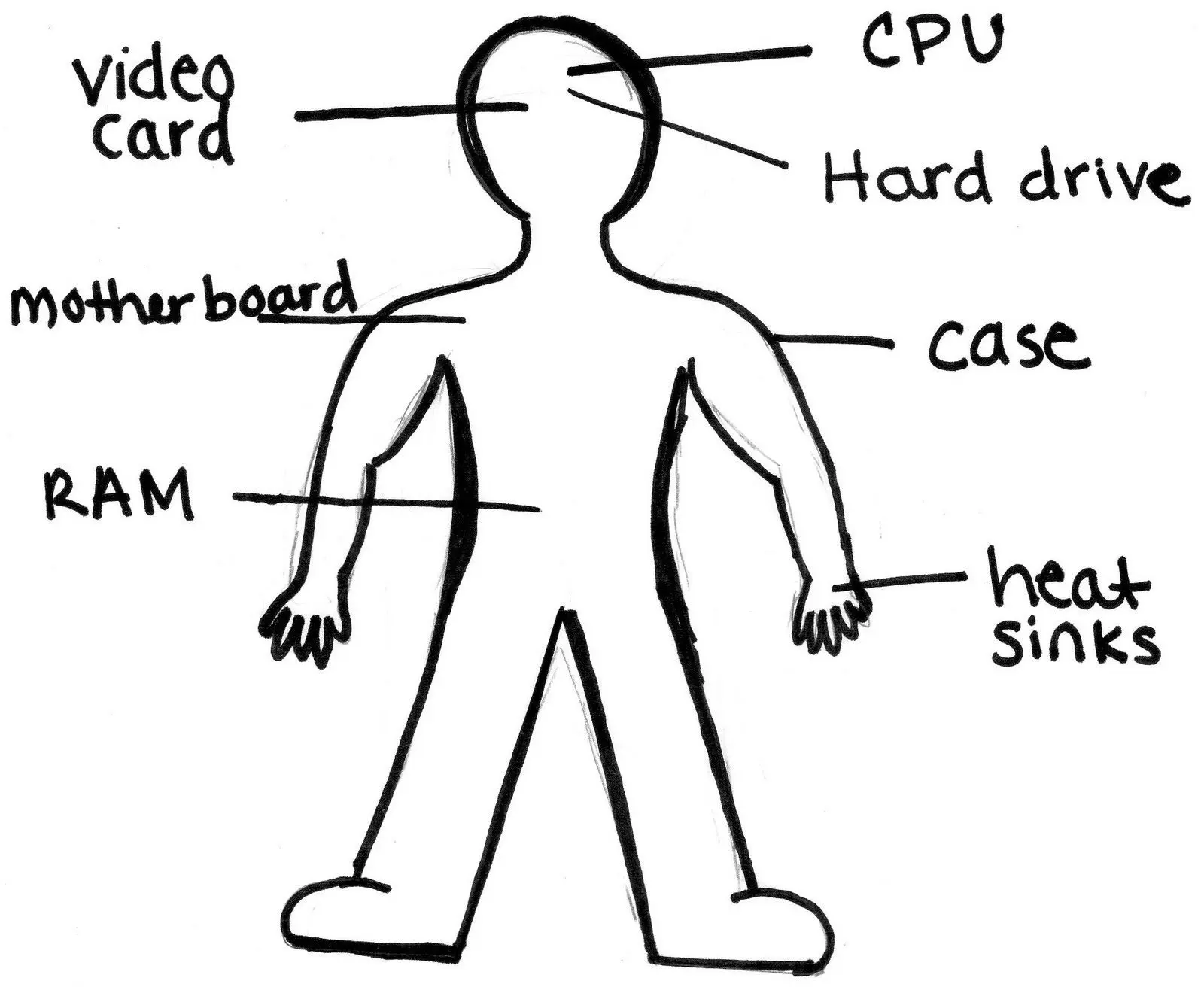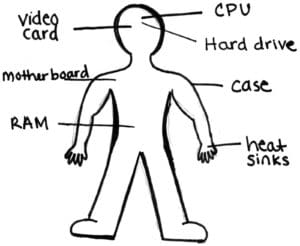
Human body is constantly invaded by micro-organisms and other parasites. Medical advancement has made it possible to identify many of the organisms and their mode of attacking the human body. This technological advancement has helped in taking different steps to prevent the spread of these organisms. Many of the infections which used to cause death in olden times can be safely treated now. Some have almost vanished due to protective vaccination, while others have been greatly reduced. The common source of these infections are humans themselves, animals, water and soil. The infected person during its active infection and during recovery is one of the main source of spread of infection to other persons.

Some healthy individuals may act as carriers of organisms without suffering themselves. These healthy carriers may be responsible for the spread of major epidemics in the community. Certain organisms may come from animal reservoirs, which may enter the human body through normal routes of entry or by taking help of bites of various insect vectors. Water may be a quite common source of contamination and may be responsible for the spread of infection giving it epidemic proportions. Cultivated soil usually have some organisms which may infect human beings. From these sources the infection may spread through a variety of ways, the most common are air-borne; ingestion; direct contact; wound infection; by mosquitoes bites; or by contaminated needles in hospitals and clinics or at home, which is also called as inoculation.
The most common is airborne infection and it occurs through droplets. During talking, organisms present in the nose, throat or mouth are expelled in minute droplets of moisture and thrown far several feet away. The more violent the expiration which accompanies sneezing the further it will go. So it is important to teach the public not to spit, and to cover the mouth or nose with a clean handkerchief during coughing or sneezing. These infected droplets may remain dormant in the dust and air for a considerable time period, so the contaminated clothing, handkerchief, bad clothes, carpet, etc, may cause infection by inhalation or by contamination of the wound.
The rise of airborne infection can be reduced by provision of ample fresh air, sunlight and good ventilation in the areas of living. This is specially important in hospitals. Dusting should be done by damp mopping or by vacuum cleaner. The clothes of the infected person should be boiled or given to the laundry. The infection through the oral route occurs usually through contamination of the food and drink. This contamination may occur through the soiled hands, contamination of water at the source of supply line, and through the agency of flies. A direct contact with the infected person will cause disease in the other healthy person specially when he has sexual contact, or other direct contact like shaking hands, etc.
Most of the sexual diseases occur through direct contact or sexual act with the carrier or infected person. The raw wounds on the playing ground may get infected with certain dangerous organisms like tetanus, and other organisms in the soil.The infection transmitted by insect bite may occur due to different vectors responsible for transmitting different diseases. The most common vectors are mosquitoes, louse, mite, flea tick, etc. Once the infection enters the body, there is a lapse period or interval between the time of entry of organism and time of getting symptoms. This period is known as incubation period and its duration varies with different infections. When infection occurs in large number of people in a given area it is called an epidemic. The time of appearance of this wave will vary according to the incubation period of the disease. Epidemics of gradual onset, rising to a peak and then slowly declining commonly occur due to airborne spread. Many of such epidemics have a seasonal incidence.
The other epidemics spread by other factors do not show this type of pattern, as these epidemics depend upon the degree of contamination and availability of vector and host. The human body gets infected only when all his body defence in the form of cellular defence, anti-body defence, again mechanical defence in the form of fibrin web, etc; it is only after crossing all the barriers that the infecting organism will start multiplying or showing its activities in the human body. Besides this the susceptibility of host to infection and the virulence of the organism will also play a part in establishing a infectious disease state of human body.

Be the first to comment